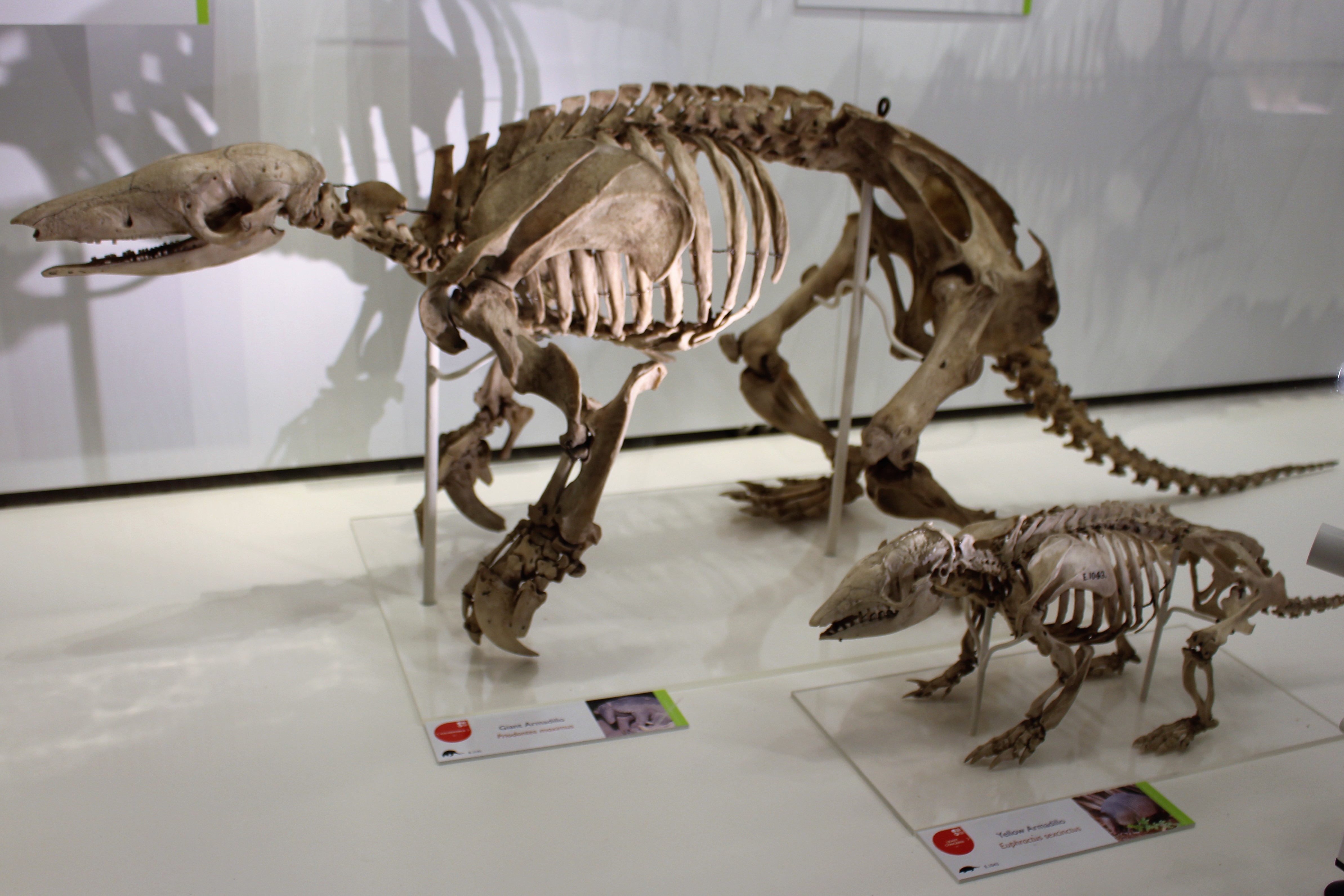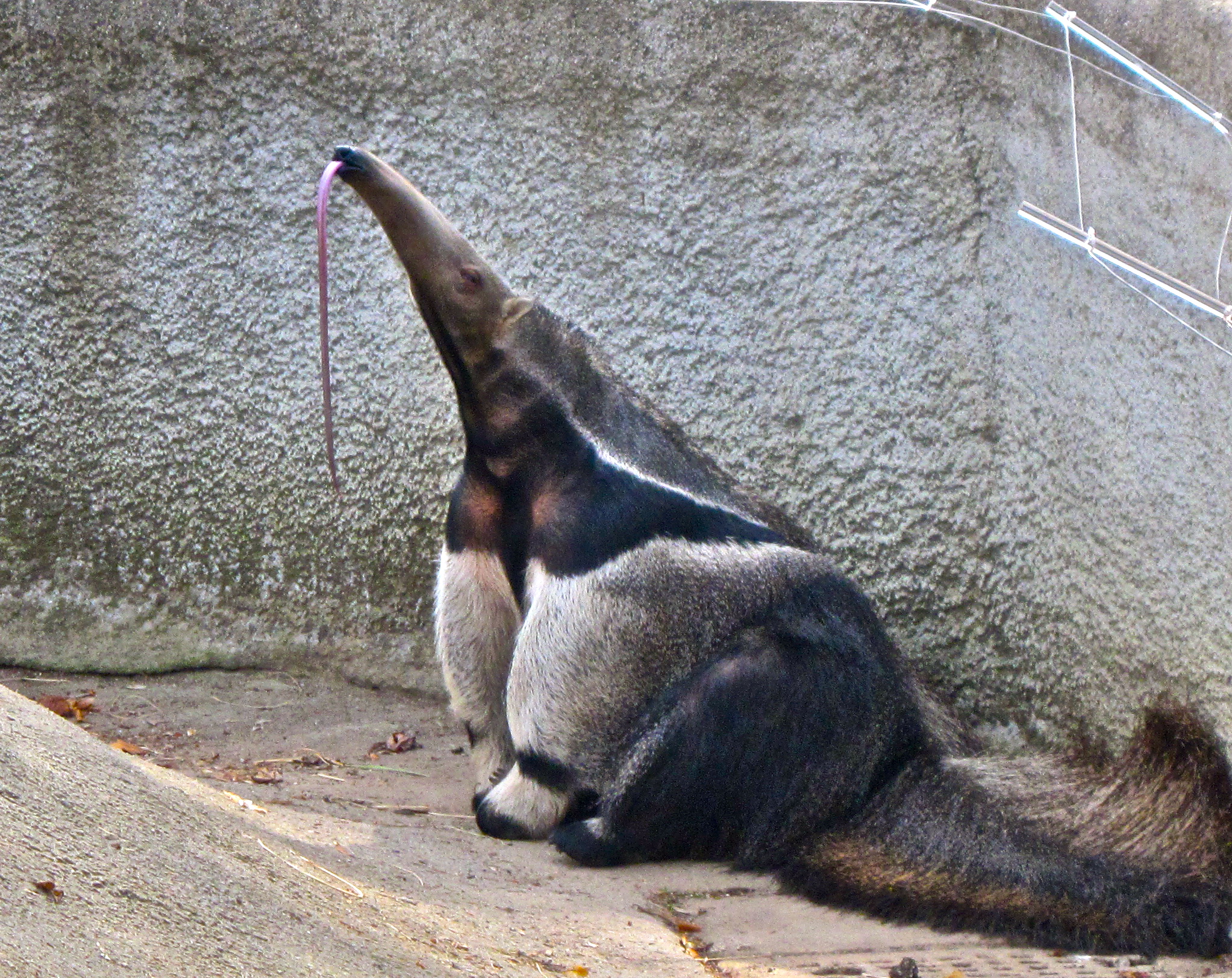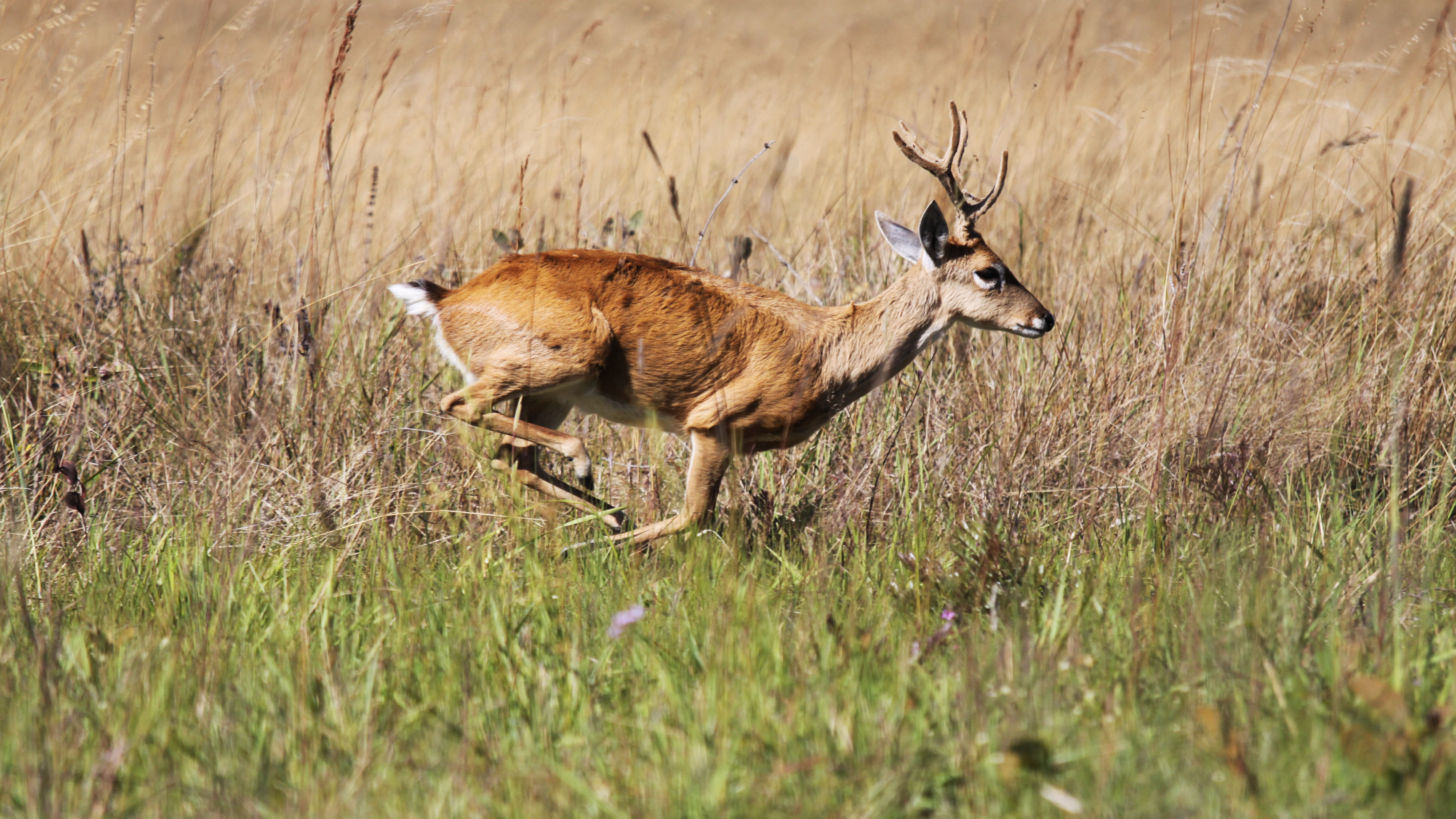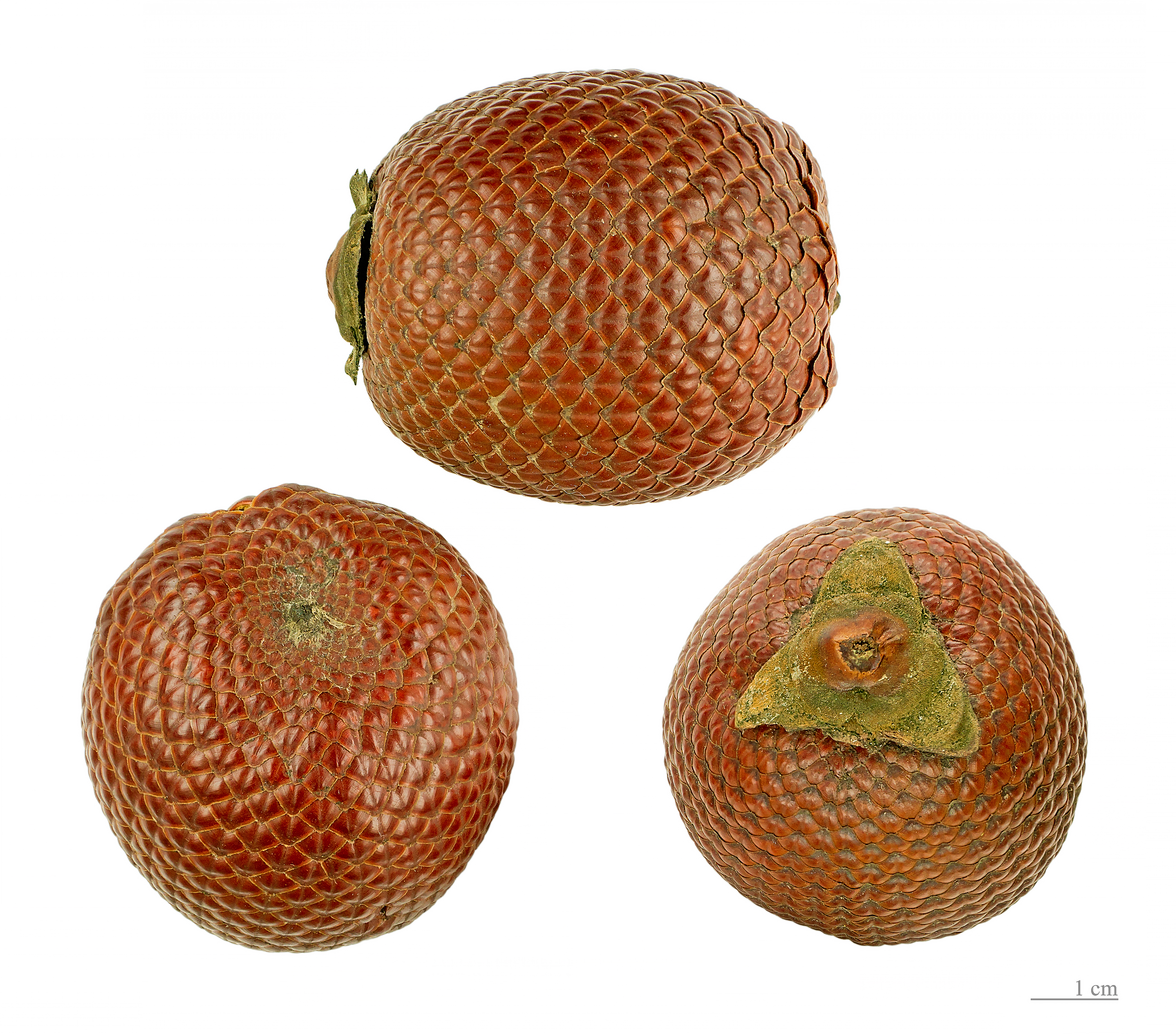|
Brasília National Park
The Brasília National Park () is a national park located in the northwest of the Federal District and in the center of the state of Goiás, in the Brazil. The park covers an area of , with territory distributed by the administrative regions of Brazlândia, Brasília and Sobradinho, in the Federal District and by the municipality of Padre Bernardo, in Goiás. It is administered by the Chico Mendes Institute for Biodiversity Conservation (ICMBio). It is the largest park in an urbanized area in the world. History The creation of the park, on November 29, 1961, was under Federal Decree of Brazil covering an area of (initially was proposed) extending over an elevation range of . It is under IUCN Category II. It is directly related to the development of Brasilia. According to the Ministry of Agriculture, the park was protected to provide forested area around the national capital of Brazil. In 1994, seventy percent of the park burned. Geography The park is in the northwest of the Fed ... [...More Info...] [...Related Items...] OR: [Wikipedia] [Google] [Baidu] |
Brazil
Brazil ( pt, Brasil; ), officially the Federative Republic of Brazil (Portuguese: ), is the largest country in both South America and Latin America. At and with over 217 million people, Brazil is the world's fifth-largest country by area and the seventh most populous. Its capital is Brasília, and its most populous city is São Paulo. The federation is composed of the union of the 26 States of Brazil, states and the Federal District (Brazil), Federal District. It is the largest country to have Portuguese language, Portuguese as an List of territorial entities where Portuguese is an official language, official language and the only one in the Americas; one of the most Multiculturalism, multicultural and ethnically diverse nations, due to over a century of mass Immigration to Brazil, immigration from around the world; and the most populous Catholic Church by country, Roman Catholic-majority country. Bounded by the Atlantic Ocean on the east, Brazil has a Coastline of Brazi ... [...More Info...] [...Related Items...] OR: [Wikipedia] [Google] [Baidu] |
Cerrado
The ''Cerrado'' (, ) is a vast ecoregion of tropical savanna in eastern Brazil, particularly in the states of Goiás, Mato Grosso do Sul, Mato Grosso, Tocantins, Minas Gerais, and the Federal District. The core areas of the Cerrado biome are the Brazilian highlands – the ''Planalto''. The main habitat types of the Cerrado consist of forest savanna, wooded savanna, park savanna and gramineous-woody savanna. The ''Cerrado'' also includes savanna wetlands and gallery forests. The second largest of Brazil's major habitat types, after the Amazonian rainforest, the Cerrado accounts for a full 21 percent of the country's land area (extending marginally into Paraguay and Bolivia). The first detailed European account of the Brazilian cerrados was provided by Danish botanist Eugenius Warming (1892) in the book ''Lagoa Santa'', : The above is the original. There are other, later French and Portuguese translations not listed here. in which he describes the main features of the c ... [...More Info...] [...Related Items...] OR: [Wikipedia] [Google] [Baidu] |
Giant Armadillo
The giant armadillo (''Priodontes maximus''), colloquially ''tatu-canastra'', ''tatou'', ''ocarro'' or ''tatú carreta'', is the largest living species of armadillo (although their extinct relatives, the Glyptodontidae, glyptodonts, were much larger). It lives in South America, ranging throughout as far south as northern Argentina. This species is considered vulnerable to extinction. The giant armadillo prefers termites and some ants as prey, and often consumes the entire population of a termite mound. It also has been known to prey upon worms, larvae and larger creatures, such as spiders and snakes, and plants. Some giant armadillos have been reported to have eaten bees by digging into beehives. At least one zoo park, in Villavicencio, Colombia – ''Los Ocarros'' – is dedicated to this animal. Description The giant armadillo is the largest living species of armadillo, with 11 to 13 hinged bands protecting the body and a further three or four on the neck. Its body is dark ... [...More Info...] [...Related Items...] OR: [Wikipedia] [Google] [Baidu] |
Giant Otter
The giant otter or giant river otter (''Pteronura brasiliensis'') is a South American carnivorous mammal. It is the longest member of the weasel family, Mustelidae, a globally successful group of predators, reaching up to . Atypical of mustelids, the giant otter is a social species, with family groups typically supporting three to eight members. The groups are centered on a dominant breeding pair and are extremely cohesive and cooperative. Although generally peaceful, the species is territorial, and aggression has been observed between groups. The giant otter is diurnal, being active exclusively during daylight hours. It is the noisiest otter species, and distinct vocalizations have been documented that indicate alarm, aggression, and reassurance. The giant otter ranges across north-central South America; it lives mostly in and along the Amazon River and in the Pantanal. Its distribution has been greatly reduced and is now discontinuous. Decades of poaching for its velvety pel ... [...More Info...] [...Related Items...] OR: [Wikipedia] [Google] [Baidu] |
Bush Dog
The bush dog (''Speothos venaticus'') is a canine found in Central and South America. In spite of its extensive range, it is very rare in most areas except in Suriname, Guyana and Peru; it was first identified by Peter Wilhelm Lund from fossils in Brazilian caves and was believed to be extinct. The bush dog is the only living species in the genus ''Speothos'', and genetic evidence suggests that its closest living relative is the maned wolf of central South America or the African wild dog. The species is listed as Near Threatened by the IUCN. In Brazil it is called ''cachorro-vinagre'' ("vinegar dog") or ''cachorro-do-mato'' ("bush dog"). In Spanish-speaking countries it is called ''perro vinagre'' ("vinegar dog"), ''zorro vinagre'' ("vinegar fox"), ''perro de agua'' ("water dog"), or ''perro de monte'' ("mountain dog"). Description Adult bush dogs have soft long brownish-tan fur, with a lighter reddish tinge on the head, neck and back and a bushy tail, while the underside is d ... [...More Info...] [...Related Items...] OR: [Wikipedia] [Google] [Baidu] |
Giant Anteater
The giant anteater (''Myrmecophaga tridactyla'') is an insectivorous mammal native to Central and South America. It is one of four living species of anteaters, of which it is the largest member. The only extant member of the genus ''Myrmecophaga'', it is classified with sloths in the order Pilosa. This species is mostly terrestrial, in contrast to other living anteaters and sloths, which are arboreal or semiarboreal. The giant anteater is in length, with weights of for males and for females. It is recognizable by its elongated snout, bushy tail, long fore claws, and distinctively colored pelage. The giant anteater is found in multiple habitats, including grassland and rainforest. It forages in open areas and rests in more forested habitats. It feeds primarily on ants and termites, using its fore claws to dig them up and its long, sticky tongue to collect them. Though giant anteaters live in overlapping home ranges, they are mostly solitary except during mother-offspring rel ... [...More Info...] [...Related Items...] OR: [Wikipedia] [Google] [Baidu] |
Pampas Deer
The Pampas deer (''Ozotoceros bezoarticus'') is a species of deer that live in the grasslands of South America at low elevations.Geist, Valerius. Deer of the world their evolution, behaviour, and ecology'. Mechanicsburg, Pa: Stackpole Books, 1998 They are known as in Portuguese and as or in Spanish. It is the only species in the genus ''Ozotoceros''. Their habitat includes water and hills, often with winter drought, and grass that is high enough to cover a standing deer.P., Walker, Ernest. ''Walker's Mammals of the world''. Baltimore: Johns Hopkins UP, 1991 Many of them live on the Pantanal wetlands, where there are ongoing conservation efforts, and other areas of annual flooding cycles. Human activity has changed much of the original landscape. They are known to live up to 12 years in the wild, longer if captive, but are threatened due to over-hunting and habitat loss. Many people are concerned over this loss, because a healthy deer population means a healthy grassland, ... [...More Info...] [...Related Items...] OR: [Wikipedia] [Google] [Baidu] |
Maned Wolf
The maned wolf (''Chrysocyon brachyurus'') is a large canine of South America. It is found in Argentina, Brazil, Bolivia, Peru, and Paraguay, and is almost extinct in Uruguay. Its markings resemble those of foxes, but it is neither a fox nor a wolf. It is the only species in the genus ''Chrysocyon'' (meaning "golden dog"). It is the largest canine in South America, weighing and up to at the withers. Its long, thin legs and dense reddish coat give it an unmistakable appearance. The maned wolf is a crepuscular and omnivorous animal adapted to the open environments of the South American savanna, with an important role in the seed dispersal of fruits, especially the wolf apple (''Solanum lycocarpum''). The maned wolf is a solitary animal. It communicates primarily by scent marking, but also gives a loud call known as "roar-barking". This mammal lives in open and semi-open habitats, especially grasslands with scattered bushes and trees, in the Cerrado of south, central-west, and ... [...More Info...] [...Related Items...] OR: [Wikipedia] [Google] [Baidu] |
Monocotyledonous
Monocotyledons (), commonly referred to as monocots, (Lilianae ''sensu'' Chase & Reveal) are grass and grass-like flowering plants (angiosperms), the seeds of which typically contain only one embryonic leaf, or cotyledon. They constitute one of the major groups into which the flowering plants have traditionally been divided; the rest of the flowering plants have two cotyledons and are classified as dicotyledons, or dicots. Monocotyledons have almost always been recognized as a group, but with various taxonomic ranks and under several different names. The APG III system of 2009 recognises a clade called "monocots" but does not assign it to a taxonomic rank. The monocotyledons include about 60,000 species, about a quarter of all angiosperms. The largest family in this group (and in the flowering plants as a whole) by number of species are the orchids (family Orchidaceae), with more than 20,000 species. About half as many species belong to the true grasses (Poaceae), which are econ ... [...More Info...] [...Related Items...] OR: [Wikipedia] [Google] [Baidu] |
Velloziaceae
Velloziaceae is a family of monocotyledonous flowering plants. The APG II system, of 2003 (unchanged from the APG system, 1998), also recognizes this family, and assigns it to the order Pandanales. Relationships and evolution By contrast to other members of Pandanales the family demonstrates stricter flower morphology. Despite that, the flower structure is still quite variable and with a lot of specifics. Thus morphological analyses are not able to uncover realistic phylogenetical relationships neither appropriate taxonomy. Embryological development places the family among the amaryllids while the composition of the ovary puts it near the distinct Hypoxidaceae. However, a study regarding the pollen structure in two genera from Velloziaceae was found to be an important character and suggests some correlation but this is still a variable trait. Molecular analyses recognize five distinct genera (by including '' Talbotia'' in '' Xerophyta'' and '' Nanuza'' in '' Vellozia'' thus ... [...More Info...] [...Related Items...] OR: [Wikipedia] [Google] [Baidu] |
Buriti Palm
''Mauritia flexuosa'', known as the moriche palm, ''ité'' palm, ''ita'', ''buriti'', ''muriti'', ''miriti'' (Brazil), ''canangucho'' (Colombia), ''acho'' (Ecuador), or ''aguaje'' (Peru), is a palm tree. It grows in and near swamps and other wet areas in tropical South America. ''Mauritia flexuosa'', a tree, can reach up to in height. The large leaves form a rounded crown. The flowers are yellowish and appear from December to April. The fruit, which grows from December to June, is a chestnut color and is covered with shiny scales. The yellow flesh covers a hard, oval nut. The seeds float, and this is the means by which the palm tree propagates. In natural populations, the tree reaches very high densities. Fruit Moriche palm fruit ("morete" in the Oriente of Ecuador) is edible and used to make juice, jam, ice cream, a fermented " wine", desserts and snacks, requiring harvesting of more than 50 tonnes per day in Peru. The inflorescence buds are eaten as a vegetable and th ... [...More Info...] [...Related Items...] OR: [Wikipedia] [Google] [Baidu] |
UNESCO
The United Nations Educational, Scientific and Cultural Organization is a specialized agency of the United Nations (UN) aimed at promoting world peace and security through international cooperation in education, arts, sciences and culture. It has 193 member states and 12 associate members, as well as partners in the non-governmental, intergovernmental and private sector. Headquartered at the World Heritage Centre in Paris, France, UNESCO has 53 regional field offices and 199 national commissions that facilitate its global mandate. UNESCO was founded in 1945 as the successor to the League of Nations's International Committee on Intellectual Cooperation.English summary). Its constitution establishes the agency's goals, governing structure, and operating framework. UNESCO's founding mission, which was shaped by the Second World War, is to advance peace, sustainable development and human rights by facilitating collaboration and dialogue among nations. It pursues this objective t ... [...More Info...] [...Related Items...] OR: [Wikipedia] [Google] [Baidu] |







.jpg)
